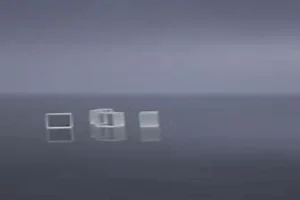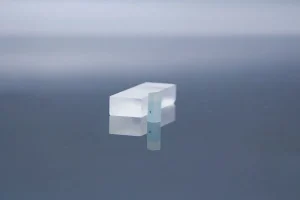Introduction
The realm of lasers has seen significant advancements over the years, and among the leaders in this technological parade are the Ultraviolet (UV) Solid-State Lasers. These lasers have revolutionized multiple sectors, from manufacturing industries to biological research. Let’s embark on a journey to uncover the intricacies of these lasers, their critical applications, and the backbone crystals powering them.
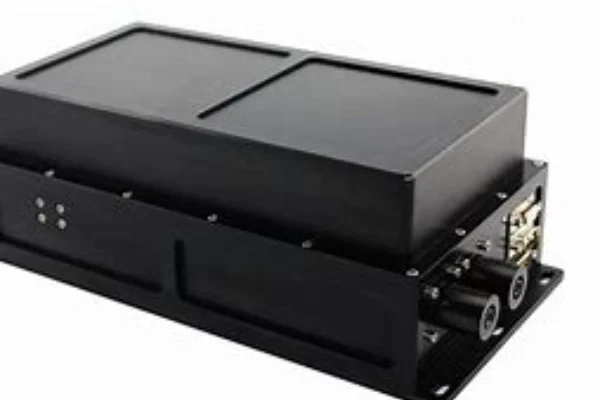
The Dawn of Ultraviolet Solid-State Laser
Ultraviolet Solid-State Lasers are a pinnacle achievement in the vast world of optics. Originating from years of research, innovation, and technological advancements, these lasers have emerged as a beacon of precision and versatility, redefining the boundaries of what’s possible. Their uniqueness lies in their ability to produce shorter wavelengths, a feature that other lasers in the same category might not possess. This characteristic allows them to focus energy more efficiently, leading to a higher concentration of photons being delivered to the target area.
Now, why is this significant? Imagine the finesse required in tasks where the margin for error is microscopic. In such scenarios, the slightest heat variation can jeopardize the entire process. The shorter wavelengths of the Ultraviolet Solid-State Lasers ensure that the heat produced is minimal, safeguarding the integrity of delicate procedures. It’s akin to having a surgeon’s precision in the world of lasers, ensuring every operation is performed without causing collateral damage.
But the marvels of these lasers don’t end with just their precision. Their adaptability is another feather in their cap. Different applications require different wavelengths, and traditionally, this would mean using multiple lasers or equipment. However, the Ultraviolet Solid-State Laser, with their adaptive nature, have rewritten this norm. They can be tuned to various wavelengths, making them a one-size-fits-all solution for a plethora of industries. From medical applications where they are used in intricate surgeries to manufacturing processes where precision and efficiency are paramount, these lasers are the go-to solution.
In conclusion, the introduction and evolution of Ultraviolet Solid-State Lasers have revolutionized the optics industry. Their unmatched precision, combined with their unparalleled versatility, ensures they remain at the forefront of technological advancements, promising a brighter, more precise future for myriad applications.
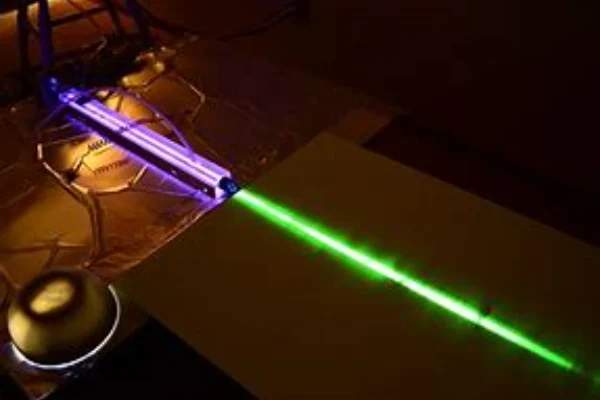
Making Waves in Semiconductor Processing
The surge of the digital age has ushered in an era where semiconductors serve as the bedrock for almost every electronic marvel we encounter daily. From the smartphones in our pockets to the intricate systems driving autonomous vehicles, semiconductors form the very essence of these innovations. At the crossroads of semiconductor fabrication and cutting-edge technology stands the UV solid-state laser, an unsung hero catalyzing quantum leaps in processing methods and efficiencies.
Diving deeper into the intricacies of semiconductor production, etching emerges as one of the most critical processes. Historically, this process was fraught with challenges – from uneven imprints to significant material wastage. Enter UV solid-state lasers, and the narrative takes a dramatic turn. These lasers, with their pinpoint precision and reduced heat output, have transformed etching from a cumbersome task to an art form. The result is a drastic reduction in wastage as semiconductors are carved to perfection, paving the way for devices that are more efficient, reliable, and enduring.
Parallel to etching in the world of semiconductor fabrication is the realm of lithography. Think of it as the blueprint upon which the digital wonders of today are built. The need for precision and clarity in lithography is paramount. Any minor discrepancy can result in significant operational flaws in the final product. UV solid-state lasers, with their ability to produce incredibly focused and consistent beams, have elevated lithography to new heights. Their application ensures that semiconductor patterns are laid down with impeccable clarity and precision, promising a generation of electronic products that are not only more efficient but also more robust.
In essence, the UV solid-state laser, though a mere tool in the vast semiconductor production landscape, has been instrumental in shaping the digital age. Through its contributions to etching and lithography, it promises a future where electronic innovations are limited only by human imagination, and not by technological constraints.
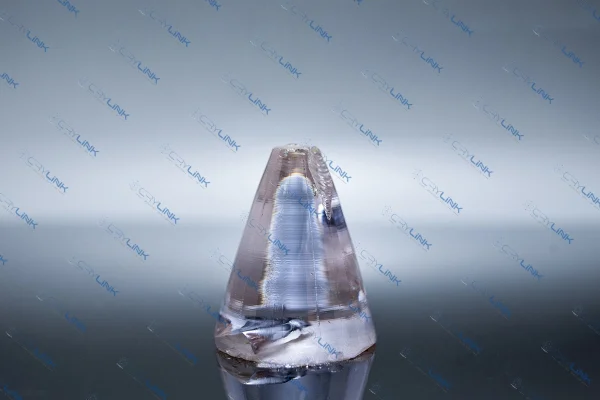
Micromachining Magic with UV Lasers
Micromachining, by its very definition, is a world where the minutest details matter. In an arena that demands such acute attention to detail, even the smallest imprecision can result in glaring errors. This rigorous requirement for accuracy is where the UV lasers come into play, marking a paradigm shift in how micromachining operations are approached and executed.
The prowess of UV lasers is particularly evident when it comes to material ablation. In traditional micromachining techniques, the act of removing materials was often a labor-intensive task, plagued with inconsistencies. But the introduction of UV lasers has transformed this process, offering an unmatched level of precision. The lasers, with their capability to generate concentrated beams of ultraviolet light, can meticulously remove surfaces at the microscopic level. Such exactness ensures that only the intended parts of a material are altered or removed, leaving the rest untouched and intact. This means lesser errors, reduced material waste, and, most importantly, a higher degree of perfection in the final product.
Yet, it’s not just the precision in material removal that makes UV lasers a game-changer in the micromachining sector. Another significant edge they offer is their non-contact methodology. Traditional machining methods, which often relied on abrasive techniques, could inadvertently alter the material’s inherent properties, leading to undesired outcomes. The beauty of UV lasers lies in their ability to work their magic without physically touching the material. This ensures that the intrinsic characteristics of the materials remain unaltered, preserving their structural integrity and original properties.
In sum, UV lasers have elevated the art and science of micromachining to unprecedented heights. Whether it’s the remarkable precision they bring to material ablation or the sheer brilliance of their non-contact approach, UV lasers have set new benchmarks, pushing the boundaries of what’s possible in the fascinating world of micromachining.

Unveiling Secrets with DNA Sequencing
The intricate tapestry of life, with its myriad genes and genetic sequences, holds secrets that scientists have been striving to unravel for decades. DNA sequencing, a pillar in genetics research, has been a pivotal tool in this endeavor. The inclusion of UV solid-state lasers in this domain has not only augmented the precision of sequencing but has also revolutionized the speed and efficiency of the entire process.
One of the most significant breakthroughs ushered in by UV lasers in genetics research is tied to the fluorescence phenomenon. At its core, DNA sequencing involves reading the sequences of nucleotide bases. Traditional methods, while effective, often took extended periods and lacked the sharp precision required. The advent of UV lasers changed the game. By stimulating molecules to emit fluorescence, these lasers have provided researchers with a clearer, more vivid view of genetic sequences. This brightness and clarity translate into a more efficient detection and analysis process, ensuring that even the most nuanced genetic variations are identified without error.
But it’s not just about clarity. The sheer speed and efficiency brought about by UV solid-state lasers are nothing short of revolutionary. DNA sequencing, a process once painstaking and time-consuming, has seen dramatic accelerations, thanks to the prowess of these lasers. The result? Genetic research that once took weeks can now be wrapped up in a matter of days or even hours. This turbocharged sequencing means that genetic anomalies, disease markers, and even potential genetic breakthroughs can be identified at record speeds, accelerating both research and its real-world applications.
In essence, the symbiotic relationship between DNA sequencing and UV solid-state lasers signifies a new dawn in genetics research. By offering enhanced precision coupled with rapid processing times, these lasers are ensuring that the mysteries of our genetic code are deciphered faster and more accurately, paving the way for breakthroughs that could reshape our understanding of life itself.
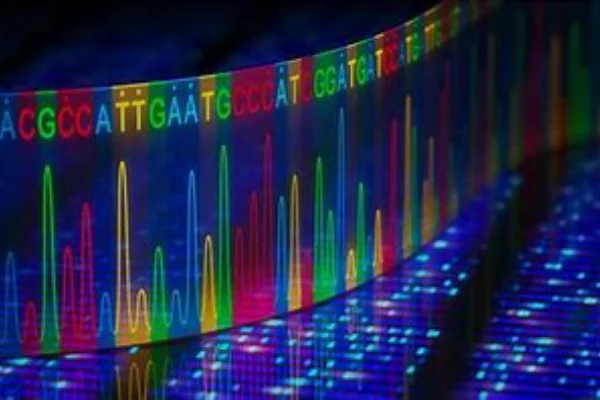
The Crystalline Cornerstones of UV Lasers
The unparalleled capabilities of UV solid-state lasers are not solely due to the advanced technology that drives them, but equally attributable to the exceptional crystals at their core. These crystals, often unsung heroes, play an instrumental role in determining the laser’s performance, reliability, and versatility.
Delving into the intricacies of UV laser technology, the frequency-tripled Nd:YAG crystal emerges as a cornerstone. Esteemed for its robustness and reliability, this crystal has been instrumental in ensuring the consistent output of high-intensity ultraviolet beams. One of the unique advantages it offers is the reduced need for frequent recalibration. Given the exacting standards required in applications such as semiconductor processing or DNA sequencing, having a stable and consistent UV source is paramount. The Nd:YAG crystal’s reliability means that technicians can spend less time on maintenance and more on innovation and implementation.
Equally impressive, if not more, is the Ce:LiCAF crystal. What sets this crystal apart is its versatility. Known for its broad tunable range, it allows UV lasers to be adjusted with precision, catering to a plethora of applications, each with its unique requirements. Moreover, the beam quality produced by this crystal is of impeccable caliber. When you’re operating at microscopic scales, as in micromachining or intricate DNA sequencing tasks, the clarity and precision of the laser beam can make all the difference. Ce:LiCAF ensures that the beam’s quality remains top-notch, translating to higher precision and fewer errors in the final application.
In the grand scheme of things, while UV lasers get the limelight for their prowess, it’s the crystals within that truly dictate their performance. Whether it’s the dependable frequency-tripled Nd:YAG or the versatile Ce:LiCAF, these crystalline cornerstones are ensuring that UV lasers continue to push the boundaries of what’s possible in various domains of science and technology.
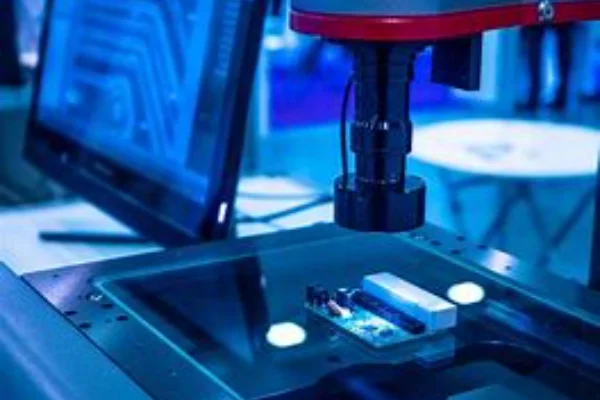
Conclusion
The future shines bright for Ultraviolet Solid-State Lasers as they continue to break barriers across diverse sectors. Their unparalleled precision, coupled with their adaptability, cements their position as an indispensable tool, ushering in a new era of efficiency and innovation.
FAQs
- How do UV solid-state lasers elevate semiconductor processing?
- Through enhanced etching techniques and superior lithography, these lasers guarantee high-quality semiconductors with minimal errors.
- Why are UV lasers the go-to for micromachining?
- Their non-contact approach, combined with unmatched precision at microscopic scales, makes them ideal for intricate micromachining tasks.
- What role do UV lasers play in DNA sequencing?
- UV lasers stimulate molecules to emit fluorescence, enabling efficient and speedy analysis of genetic material.
- Between Frequency-Tripled Nd:YAG and Ce:LiCAF, which crystal offers more versatility?
- Ce:LiCAF, with its broad tunable range and exemplary beam quality, stands out as the more versatile option.
- Why is minimal heat damage crucial in UV laser applications?
- Minimal heat damage ensures the preservation of material properties, especially in sensitive applications like DNA sequencing and semiconductor processing.



